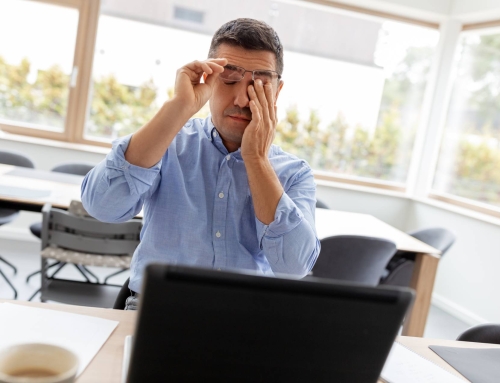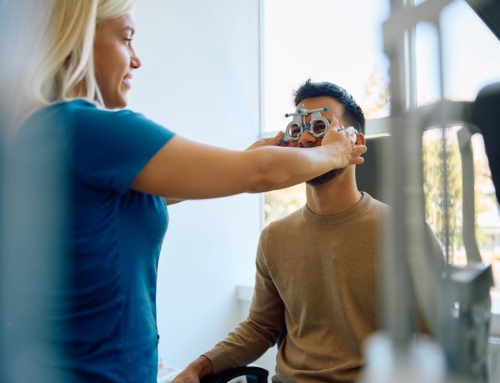In today’s world, screens are nearly impossible to avoid. From online learning to entertainment, children are spending more time than ever in front of computers, tablets, and smartphones. While technology brings many benefits, it also raises important concerns about eye health. Parents often wonder how increased screen use may affect their child’s developing vision. Understanding the risks can help families take proactive steps to protect eye health as children grow.
The Rise of Screen Time in Childhood
Over the last decade, screen use has become an integral part of children’s daily routines. Many children spend multiple hours a day using digital devices, whether for school assignments, video games, or streaming content. Unlike adults, children’s eyes are still developing, which means extended screen exposure may carry unique risks. Because children may not always recognize symptoms of digital eye strain, making parental awareness and early exams even more important, staying informed is crucial.
Digital Eye Strain in Children
One of the most common concerns is digital eye strain, sometimes referred to as “computer vision syndrome.” Symptoms can include headaches, blurred vision, difficulty focusing, and eye fatigue. In children, these signs may be harder to detect because they often cannot describe discomfort the same way adults can. Instead, parents might notice behaviours such as squinting, frequent eye rubbing, or reduced attention span during screen activities.
Digital eye strain results from the eyes working harder to maintain focus on close objects for long periods. Prolonged screen use exposes children to blue light, which may interfere with sleep and contribute to eye strain. While short-term discomfort is common, ongoing strain may also impact learning and focus, making it especially important to address early.
Myopia Progression and Screen Use
Another growing concern is the link between screen time and myopia, or nearsightedness. Myopia occurs when the eye grows too long from front to back, causing distant objects to appear blurry. Children who spend more time indoors, focusing on screens or books, may face a higher risk of developing myopia.
Myopia in childhood is particularly important to monitor because it often progresses as children grow. Higher levels of myopia can increase the risk of more serious eye conditions later in life. While genetics play a strong role, lifestyle factors, such as reduced outdoor play and increased screen exposure, appear to contribute as well. Eye exams are a key way to monitor these changes and detect problems early.
Dry Eye in a Digital World
Although dry eye is typically associated with adults, more children are now experiencing symptoms due to heavy screen use. Normally, we blink around 15-20 times per minute, which keeps the eyes moist and comfortable. However, blinking rates may decrease significantly when staring at screens, leading to dryness, irritation, or a gritty sensation.
For children, dry eye can be particularly uncomfortable and disruptive. Some may rub their eyes frequently or complain of burning sensations. Others may avoid tasks that require prolonged focus, such as reading or completing schoolwork. Encouraging children to take breaks, blink often, and balance screen time with outdoor activities can help reduce discomfort.
The Importance of Eye Exams
Because children may not always communicate vision problems clearly, professional eye exams are an essential safeguard. Regular children’s eye exams are essential for catching vision problems early, especially as screen time continues to rise. An optometrist can evaluate whether a child is experiencing digital eye strain, early myopia, or other conditions that might be linked to screen use.
Eye exams also provide an opportunity for parents to discuss their child’s screen habits and get personalized guidance. For example, an optometrist might suggest adjustments to viewing distance, lighting, or screen time routines to help minimize strain. Even if no problems are detected, these visits establish a valuable baseline for monitoring changes in vision over time.
Screens are a central part of modern childhood, but they also bring new challenges for developing eyes. From digital eye strain and dry eye to the risk of myopia progression, parents should remain aware of how screen time affects children’s vision. Prolonged screen use exposes children to blue light, which may interfere with sleep and contribute to eye strain, making healthy habits and professional monitoring more important than ever.
By encouraging balanced screen use and prioritizing eye exams, parents can help ensure their children’s vision remains clear and comfortable as they grow. While technology continues to evolve, a proactive approach to eye health gives children the best chance to thrive in a digital world.




